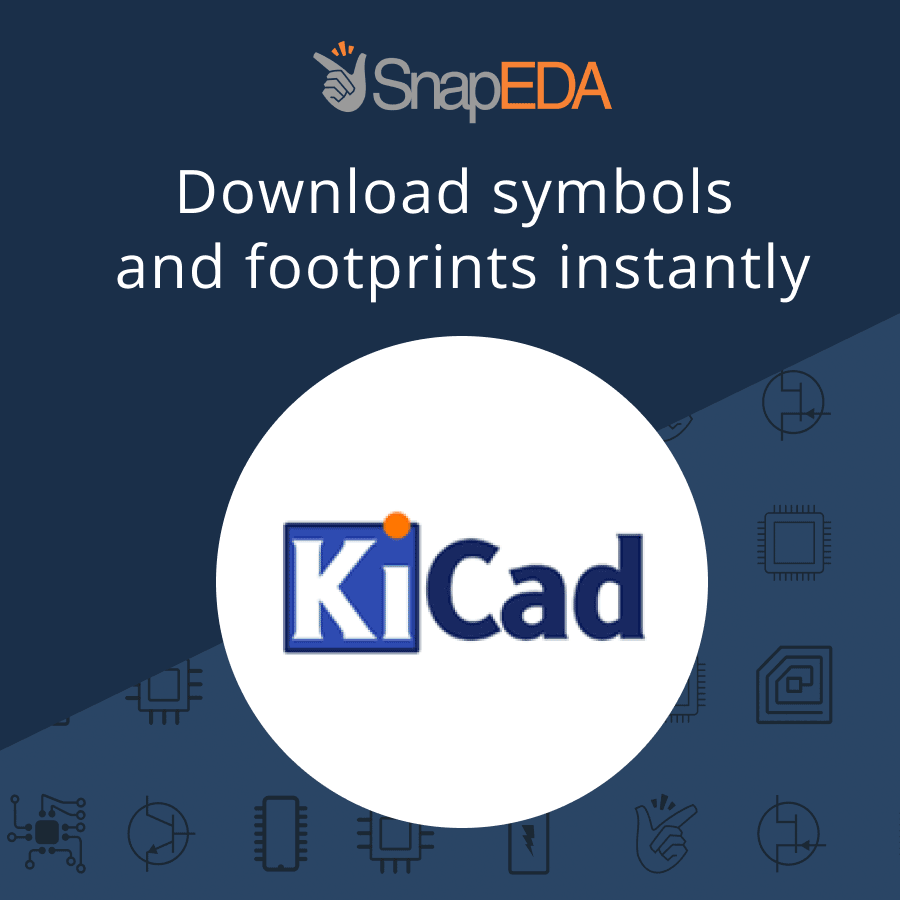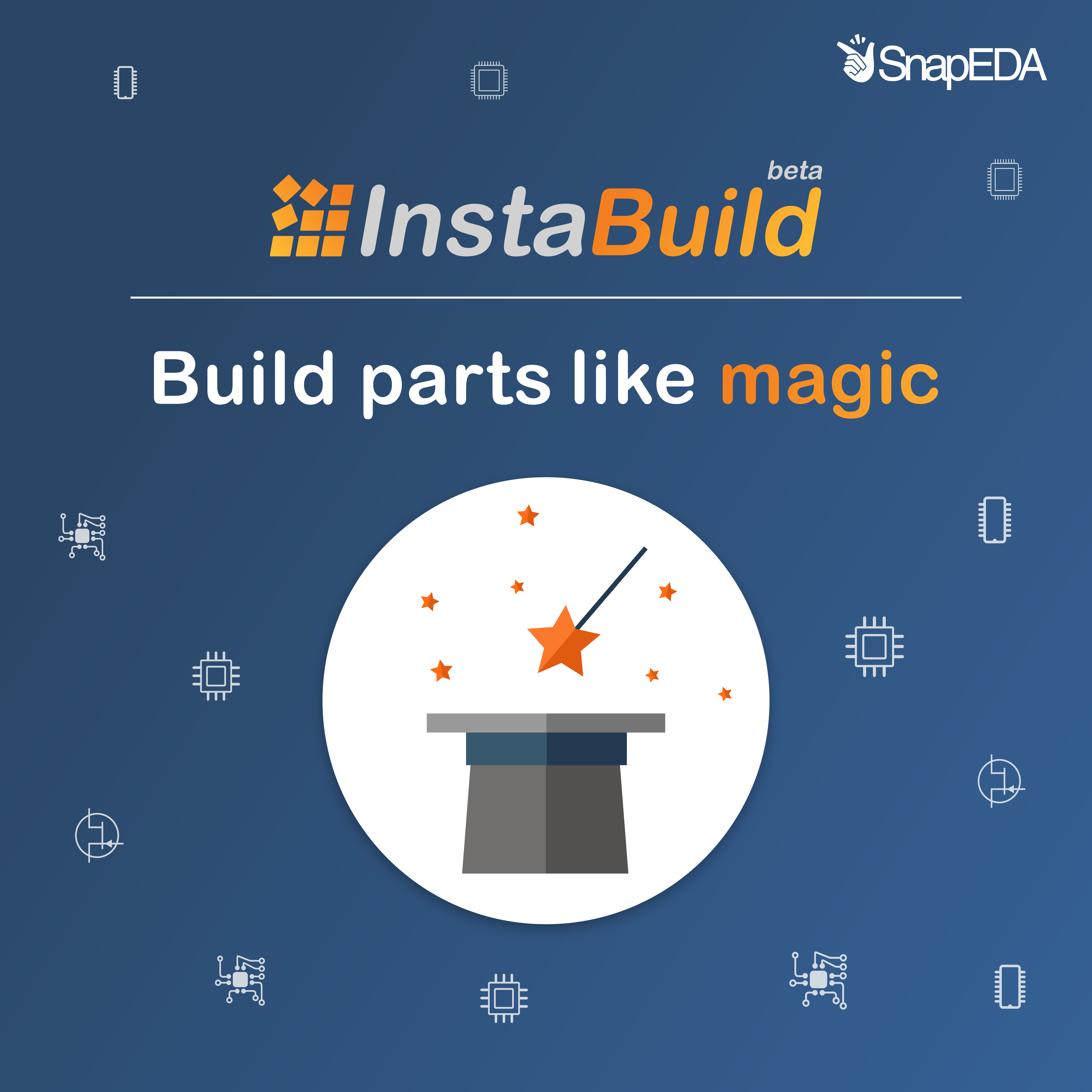
Engineer Spotlight: Nazmus Sahadat from Georgia Institute of Technology
Name: Nazmus Sahadat
Company: Georgia Institute of Technology
Role: Graduate Research Assistant
Location: Atlanta, GA
Hi Nazmus. Which tools do you use for circuit board design? Why?
Nazmus: I use Allegro for work, and KiCAD for my fun projects.
Allegro is a much better tool with lots of optimization options. They have almost everything I need, but it is expensive for an individual to buy it. KiCAD is good for hobbyists working on small projects, although there is still a lot of development that needs to be done to make it more useful.
Do you do schematic, layout, or both?
Nazmus: I do both.
Do you use 3D in your PCB layout – how?
Nazmus: Sometimes, when I have to design the casing for the electronics. I just add a 3D model of each component to generate the 3D rendering. If the components are non-standard, then I just add the dimensions of the component to approximate the 3D design.
What types of products do you design generally?
Nazmus: Mostly embedded projects. Part of it involves antenna design and RF. I design IoT devices as fun projects too.
What is the most interesting product you’ve ever designed?
Nazmus: The Multimodal Tongue Drive System (mTDS). It uses 3 different modalities (tongue movement, head orientation, and speech) of a paralyzed person to give them access to their environment. It allows them to perform tasks, such as driving their power-wheelchair, controlling their computer, operating their phone and smart devices etc. using just those three modalities – tongue movements, head orientation and speech.
That’s incredible. What is the latest status of the project?
Nazmus: I am working on making mTDS more user-friendly to paralyzed people to make them almost independent of caregivers.
What would you say makes you good at what you do?
Nazmus:
My PhD project is not just about doing research to get a PhD, but also about contributing to society
What component do you wish a company made?
Nazmus: A low-power, low cost, simple architecture programmable ASIC that can be dedicated to run machine learning algorithms, like support vector machine or deep neural network.
Do you have any words of wisdom for EEs, or those wishing to pursue a career in our industry?
Nazmus:
There are so many engineering problems in health care, which is the major setback of this era. Major parts of these problems can be solved by EEs or engineers.
Is there anything else you’d like to share?
Nazmus: SnapEDA is a great platform to help professional EEs or hobbyists design projects. I also really appreciate this effort of reaching out to engineers so they can share these stories about their careers. Thank you.


